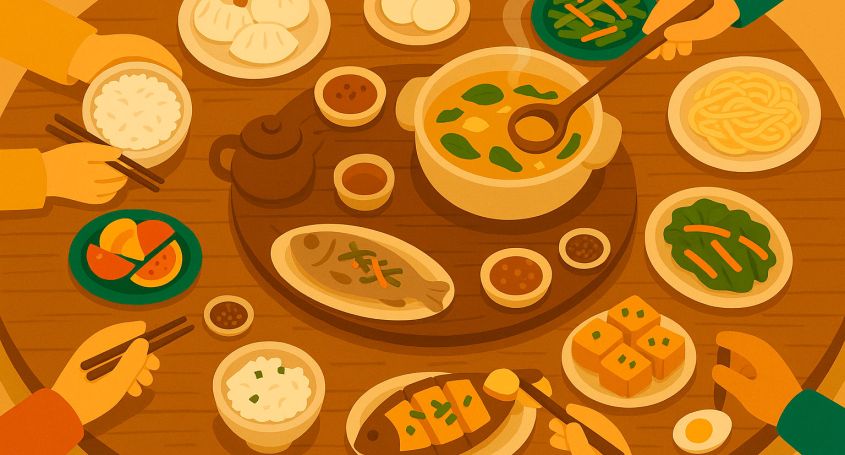Warning: this article will make you hungry! That’s because today, we’re going to learn some food-related vocabulary (食物 [shíwù])! Not only is this a fun way to expand your Chinese vocabulary and will help you order dishes in a restaurant, but it’s also a key to a better understanding of Chinese culinary culture – a very important aspect of this millennia-old civilization.
| Essential words to start us off | ||
|---|---|---|
| hanzi | pinyin | meaning |
| 米饭 | mǐfàn | rice |
| 面条 | miàntiáo |
noodles If we add an ingredient to the dish, we omit 条. For example, 牛肉面 [niúròumiàn]: beef noodles |
| 包子 | bāozi |
traditional round Chinese steamed bread They can be filled with meat, vegetables, fish, etc. – you can even get sweet ones! |
| 汤 | tāng |
soup look at its radical: 水 |
| 肉 | ròu | meat |
| 鸡肉 | jīròu | chicken meat |
| 猪肉 | zhūròu | pork meat |
| 鱼 | yú | fish |
| 虾 | xiā | seafood |
| 豆腐 | dòufu | tofu |
| 鸡蛋 | jīdàn | egg |
| 干果 | gānguǒ | nuts |
| 蔬菜 | shūcài | vegetables |
| 水果 | shuǐguǒ | fruit |
| 饺子 | jiǎozi | traditional Chinese steamed dumplings |
| 水 | shuǐ | water |
| 茶 | chá | tea |
| Useful verbs and adjectives | ||
|---|---|---|
| hanzi | pinyin | meaning |
| 吃 | chī | to eat |
| 喝 | hē | to drink |
| 想 | xiǎng | to want |
| 要 | yào | to want |
| 喜欢 | xǐhuān | to like |
| 辣 | là | spicy |
| 好吃 | hǎochī | delicious |
With these words, we can start to build simple phrases such as:
| Examples | ||
|---|---|---|
| hanzi | pinyin | meaning |
| 我喜欢辣面条 | wǒ xǐhuān là miàntiáo | I like spicy noodles |
| 我想吃猪肉,很好吃 | wǒ xiǎng chī zhūròu,hěn hǎochī | I want to eat pork, it’s delicious |
The diversity of Chinese gastronomy
China is a huge country, and its cuisine varies enormously from region to region. There are eight major culinary traditions in China (中国八大菜系 [Zhōngguó bā dà càixì]), each with its own distinctive style and flavors:
• Sichuan (四川): famous for its spiciness and the use of 花椒 [huājiāo] (Sichuan peppercorns), which produce a tingling sensation.
• Cantón (广东): mild flavors, fewer spices, and refined techniques; this is where dim sum (点心) comes from.
• Shandong (山东): light but flavorful soups and seafood dishes.
• Jiangsu (江苏): known for its delicate dishes and a touch of sweetness.
• Zhejiang (浙江): fresh vegetables, sweet-and-sour balance, steamed dishes.
• Hunan (湖南): it’s spicy, like Sichuan, with intense, smoky flavors and colorful dishes.
• Fujian (福建): aromatic, sweet-and-sour broths.
• Anhui (安徽): stews, braises, and intense, smoky flavors.
This diversity reflects the country’s cultural richness: each region not only has its own dishes, but also its own way of understanding and sharing food. As we said at the beginning, learning Chinese culinary vocabulary opens the door to this gastronomic universe, full of history, aromas, and meaning!
Would you like a part two to learn more about Chinese cuisine?
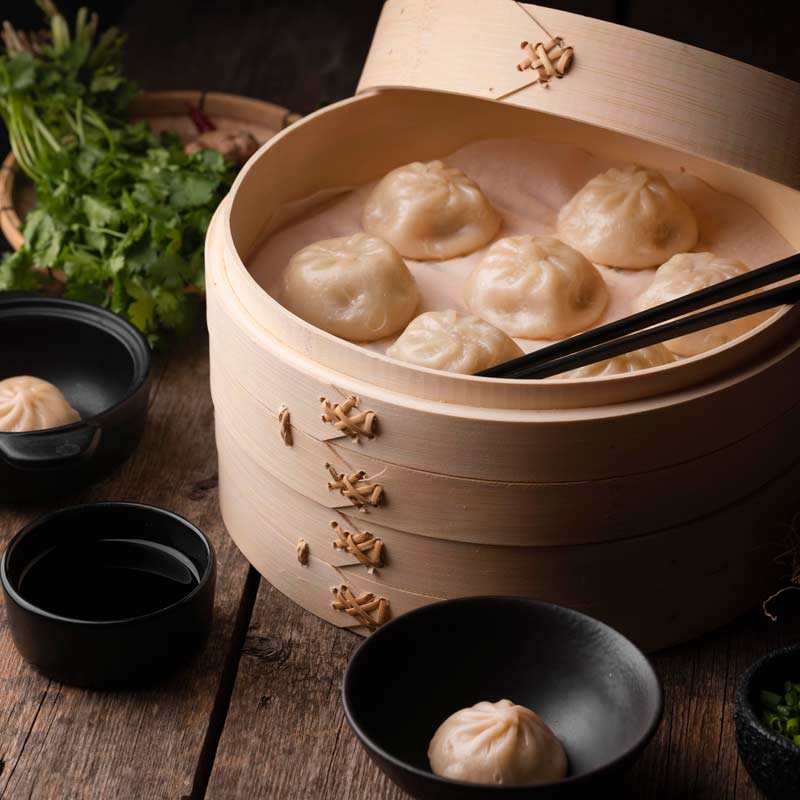 Cantón (广东)
Cantón (广东) |
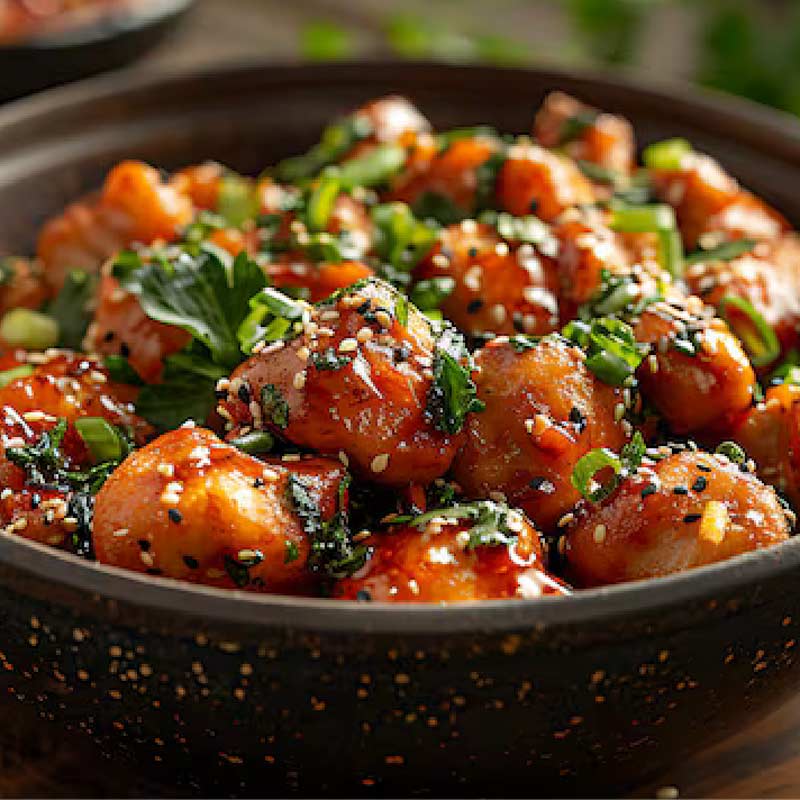 Shandong (山东)
Shandong (山东) |
 Jiangsu (江苏)
Jiangsu (江苏) |
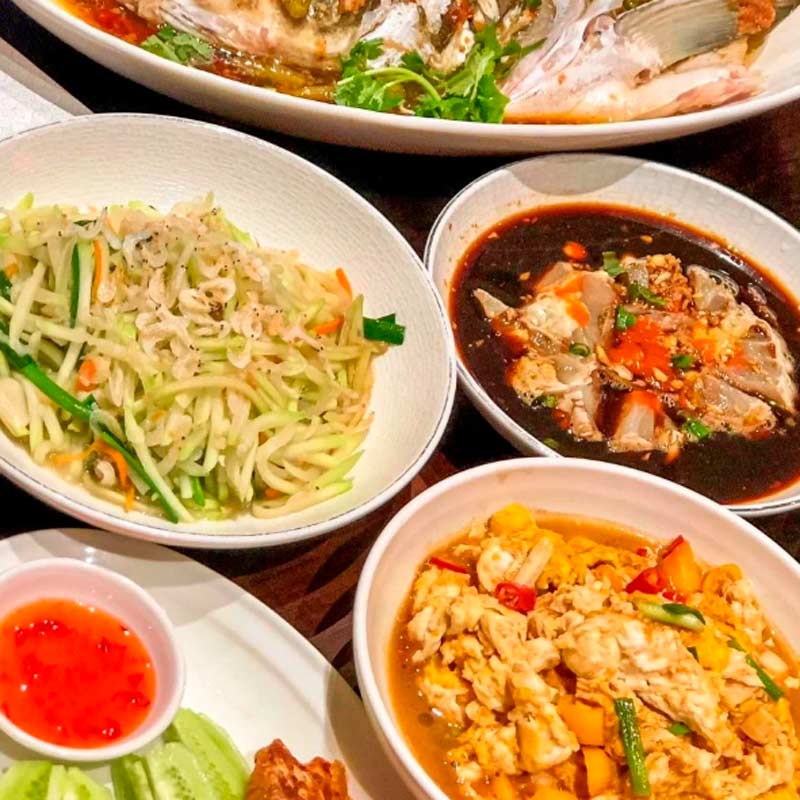 Zhejiang (浙江)
Zhejiang (浙江) |
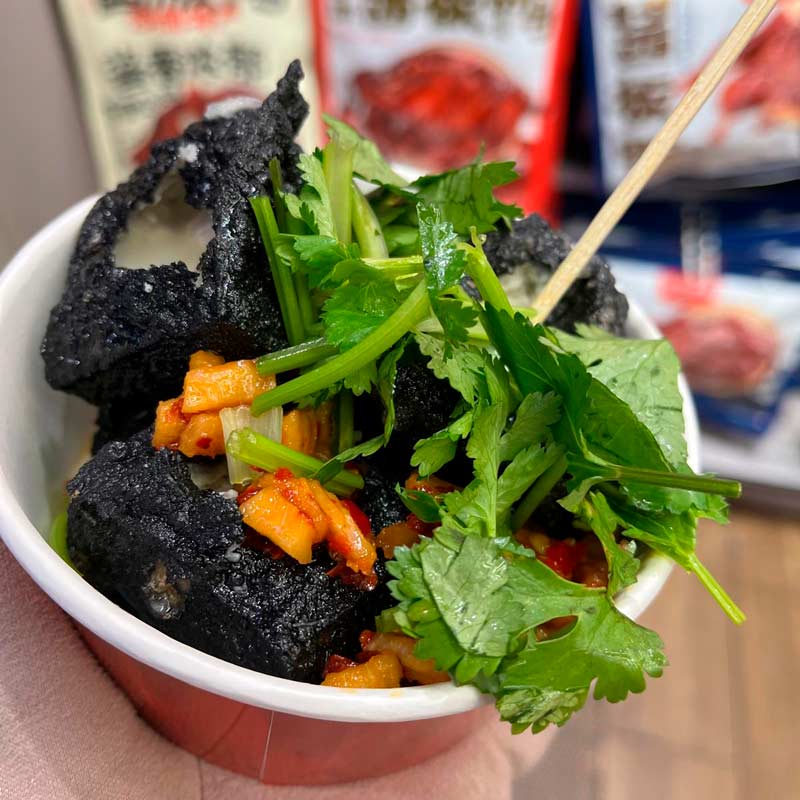 Hunan (湖南)
Hunan (湖南) |
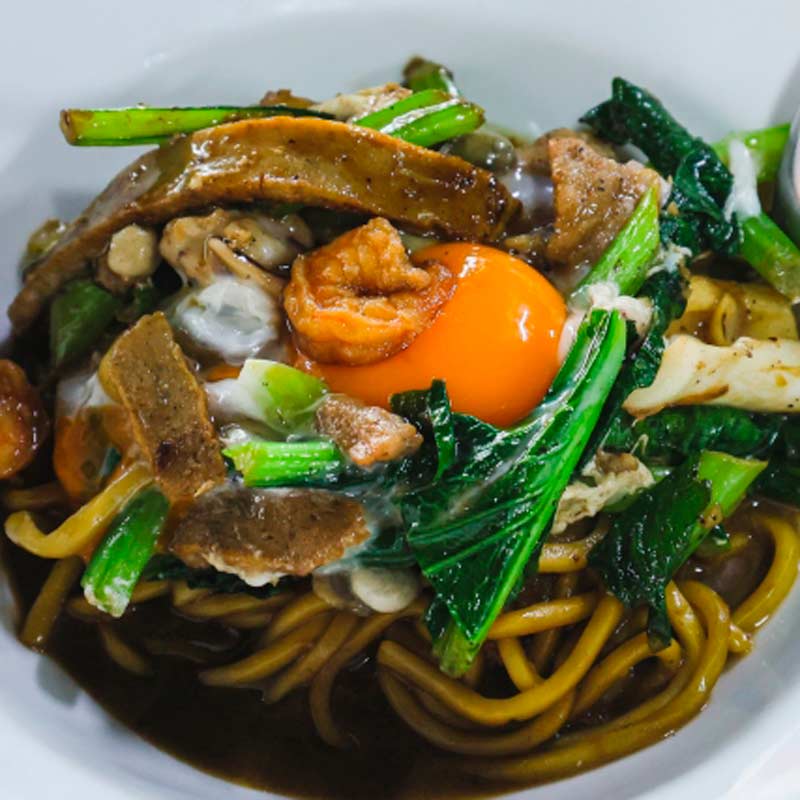 Fujian (福建)
Fujian (福建) |
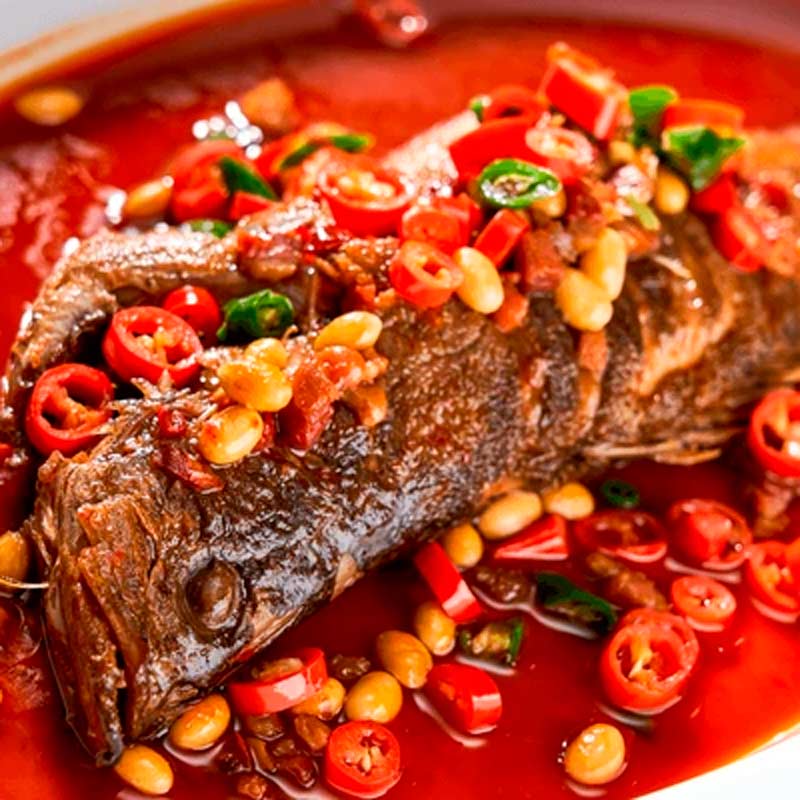 Anhui (安徽)
Anhui (安徽) |


